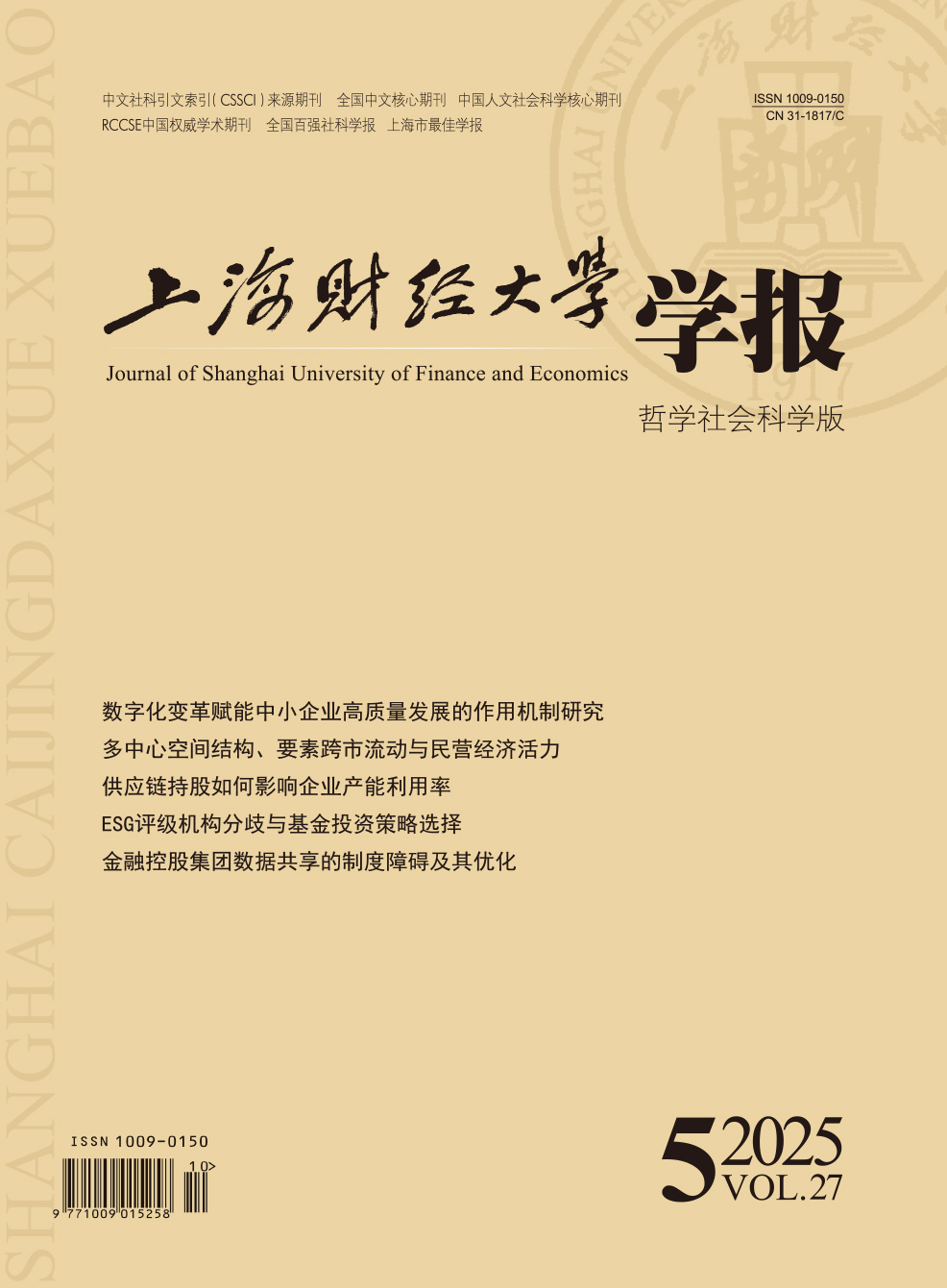The production of urban space is not only an important way to the globalization expansion of capitalist, but also specific presentation and operation mode of space capitalization and capital spacialization in the post-modern industrial society, leading human life from the countryside to the cities and the urban age. The production of capitalist urban space is spatial structure reorganization advanced by globalization, industrialization, informatization and so on, and is the reinforcement of capital value added logic in essence; it releases economic crises and passes on political conflicts, but results in a series of problems like social alienation and the reverse of daily life. The criticism of the production of urban space should place emphasis on the exploration of the relationships among spatial internal elements in daily life, clarify the intrinsic relationship between the expansion of urban space and capital value added, and construct the connection between spatial production theory and contemporary China's urbanization. The analysis of development mechanism and problems of production of urban space aims at the norms of capital value added in the production of urban space to seek for reasonable order of production of urban space. China's urbanization needs to avoid the tortuous road of production of capitalist urban space and then develop into a more rational development mode of spatial production.
 / Journals / Journal of Shanghai University of Finance and Economics
/ Journals / Journal of Shanghai University of Finance and EconomicsJournal of Shanghai University of Finance and Economics
LiuYuanchun, Editor-in-Chief
ZhengChunrong, Vice Executive Editor-in-Chief
GuoChanglin YanJinqiang WangWenbin WuWenfang, Vice Editor-in-Chief
The Criticism of Production of Urban Space and Its Inspiration to China's Urbanization
Journal of Shanghai University of Finance and Economics Vol. 18, Issue 06, pp. 79 - 92 (2016)
Abstract
References
Abstract
Cite this article
Sun Quansheng. The Criticism of Production of Urban Space and Its Inspiration to China's Urbanization[J]. Journal of Shanghai University of Finance and Economics, 2016, 18(6): 79–92.
Export Citations as:
For




 6715
6715  12930
12930

